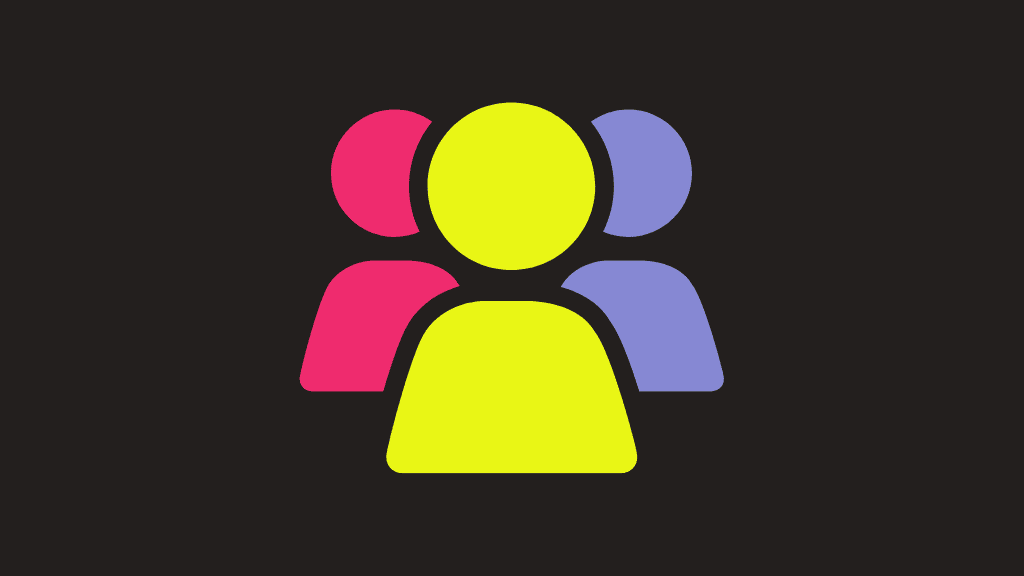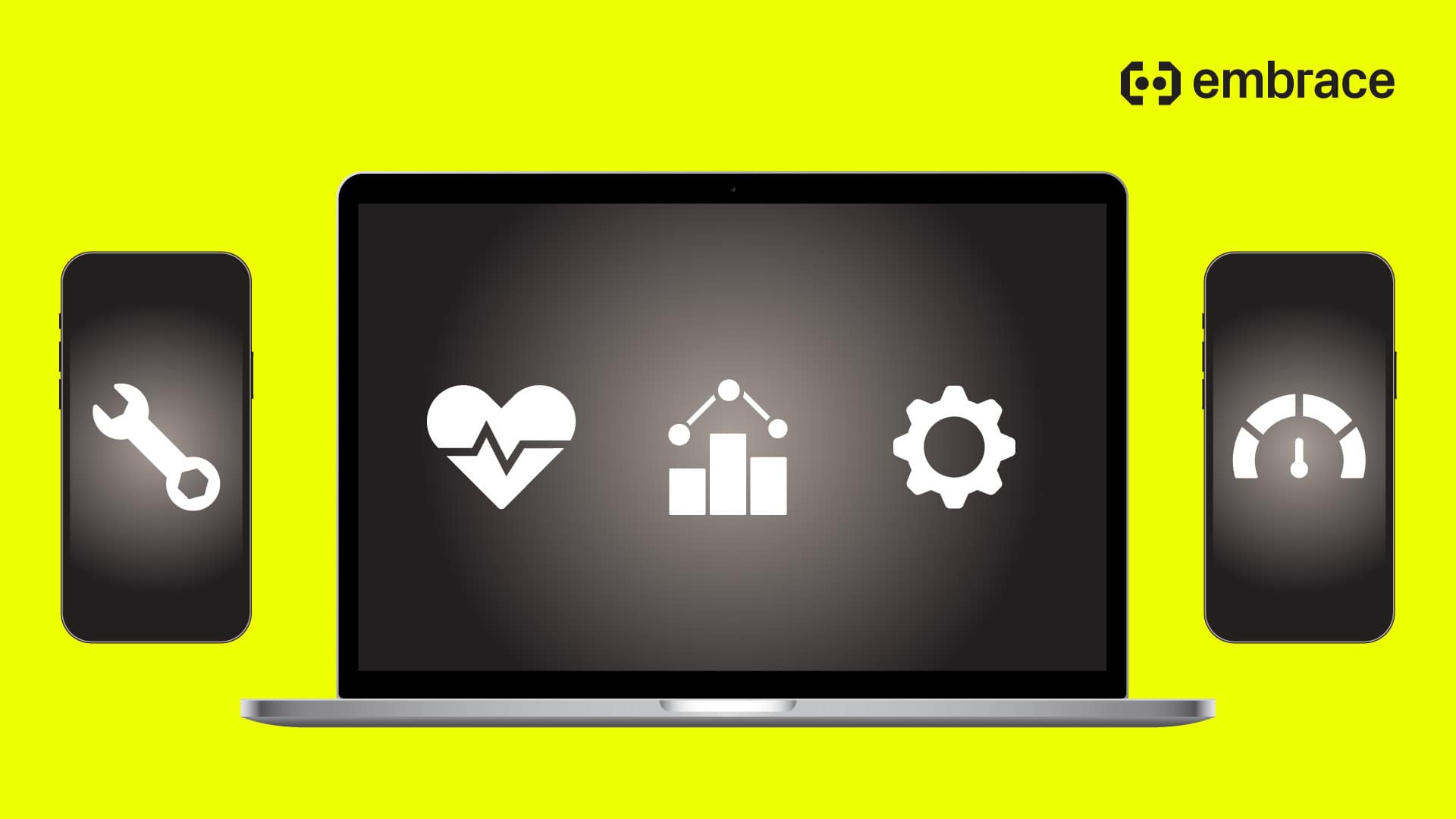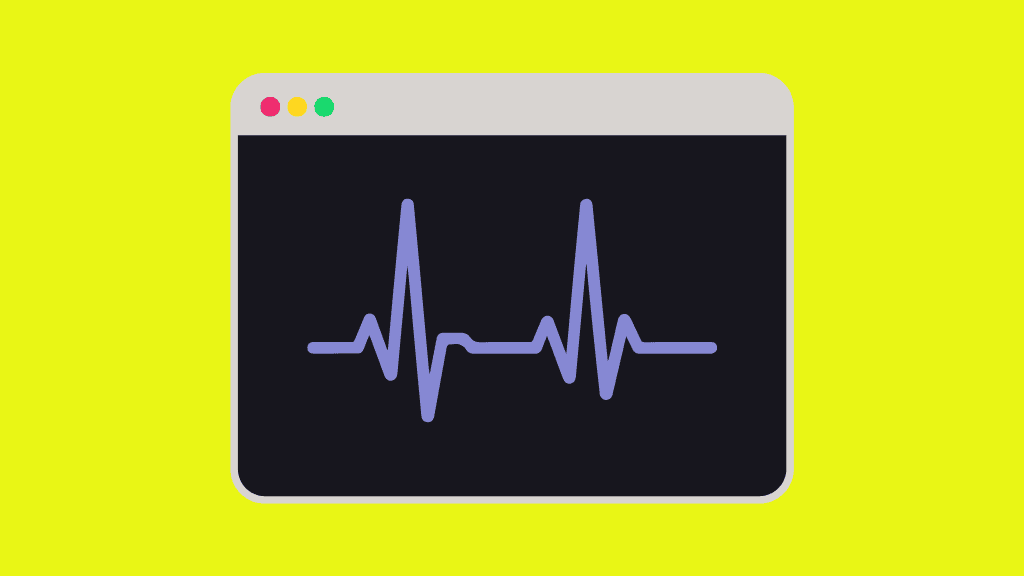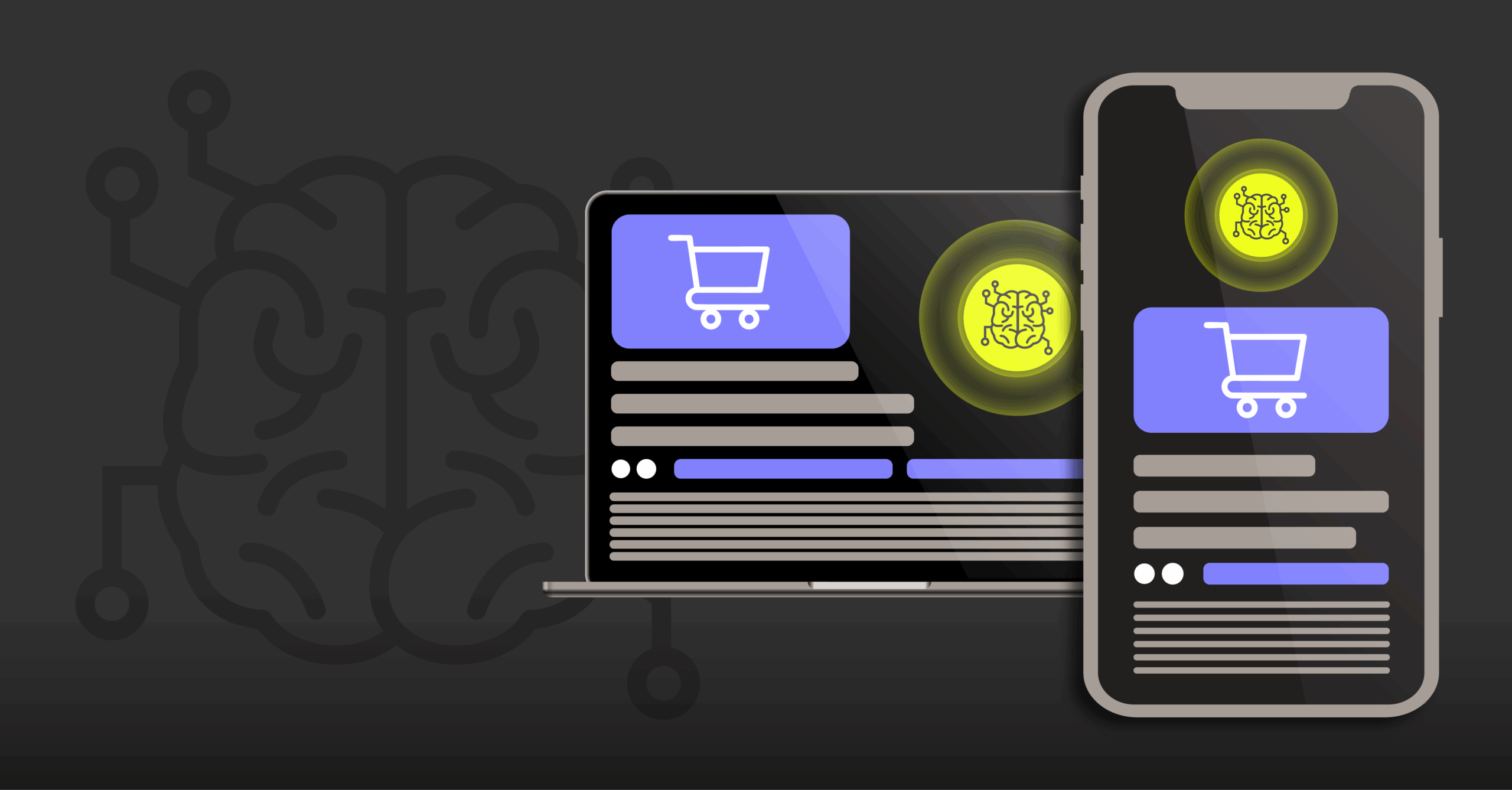
Observability Use Cases

This article explores key observability use cases—each paired with practical examples and strategic benefits—to help your team deliver reliability, optimize performance, and ensure regulatory compliance.
Observability use cases are essential for modern software teams, offering deep insight into application health, infrastructure stability, and data flow integrity. As digital environments grow in complexity, robust observability becomes the cornerstone of operational excellence. This article explores key observability use cases—each paired with practical examples and strategic benefits—to help your team deliver reliability, optimize performance, and ensure regulatory compliance.
1. Application Performance Monitoring & Health Tracking
Application performance monitoring (APM) is one of the most widely adopted observability use cases. APM tools gather metrics like response time, error rates, and throughput to give teams a real-time view of application health.
For instance, a mobile app development team might track app startup times across devices and OS versions. If a new version increases latency, observability surfaces the root cause—allowing teams to roll out fixes quickly. Performance profiling tools can further drill down into metrics like memory usage or database response, enhancing user experience and minimizing downtime.
2. Infrastructure Monitoring & System Stability
Observability isn’t limited to applications. Infrastructure monitoring spans servers, containers, cloud instances, and networks to ensure system stability.
Imagine a spike in CPU usage causes degraded app performance. Observability tools correlate infrastructure-level metrics with logs and traces, helping engineers pinpoint the exact cause. This reduces mean time to resolution (MTTR) and supports meeting strict mobile-specific service-level objectives (SLOs).
3. Data Pipeline Observability & Quality Assurance
Data reliability is critical for analytics and compliance. Observability tools applied to data pipelines help teams detect issues like data loss, duplication, and schema drift.
For example, a financial services firm might monitor the flow of transaction data. If a pipeline stage introduces errors or delays, observability tools send alerts, enabling teams to resolve problems before they affect dashboards or compliance reports.
4. Rapid Incident Detection & Resolution
One of the most mission-critical observability use cases is detecting and resolving incidents quickly. Modern mobile observability platforms combine logs, traces, and metrics to identify issues as they arise and guide responders directly to the source.
Take an e-commerce platform facing checkout failures. Observability reveals a surge in errors tied to a particular microservice. With this insight, teams apply targeted fixes—preserving revenue and customer trust.
5. Anomaly Detection & Pattern Recognition
Anomaly detection uses machine learning and statistical methods to flag deviations from expected system behavior. These insights can prevent performance degradation or highlight security risks.
Consider a spike in failed login attempts that might signal a brute-force attack. Observability platforms detect this pattern, trigger alerts, and provide context—enabling a swift and secure response.
6. Capacity Planning & Resource Optimization
By analyzing historical usage data, observability helps teams forecast future capacity needs and avoid over-provisioning. This use case is vital for cost efficiency and performance scaling.
A SaaS company, for example, might track user growth and peak traffic periods. Using this data, they can proactively scale infrastructure, maintain service levels, and optimize cloud costs.
7. Full-Stack Observability for Distributed Systems
Modern applications often span multiple layers—UI, backend, APIs, databases, and third-party services. Full-stack observability connects all these elements into a unified view.
In microservices architectures, a single request may touch dozens of services. Observability tools allow teams to trace the complete path, quickly locating latency issues or broken dependencies. This is essential for performance optimization and cross-service debugging.
8. Security & Compliance Monitoring
Observability also supports security and regulatory compliance. By continuously monitoring access logs, configuration changes, and data flows, teams can detect threats and meet regulatory requirements like GDPR or HIPAA.
For instance, observability tools might alert security teams to suspicious API usage or unauthorized data transfers. These platforms also create audit trails, supporting investigations and audits with traceable, verifiable data.

